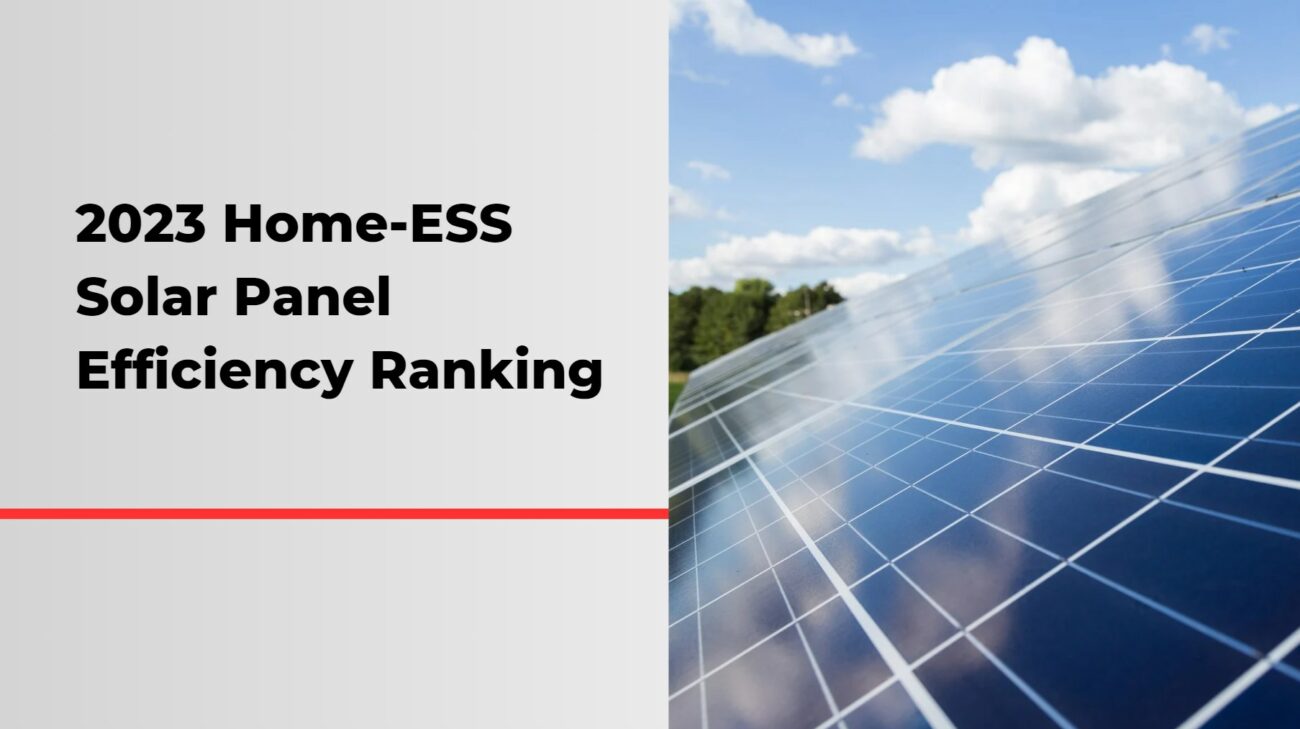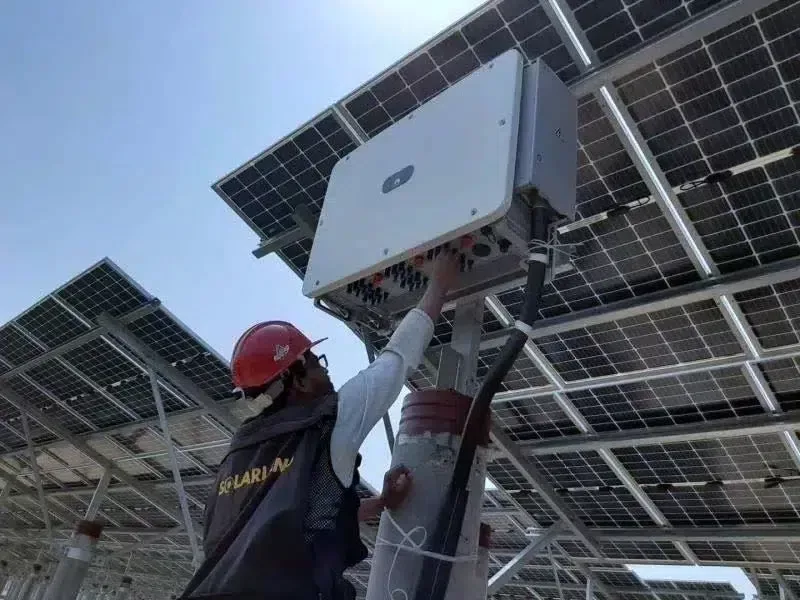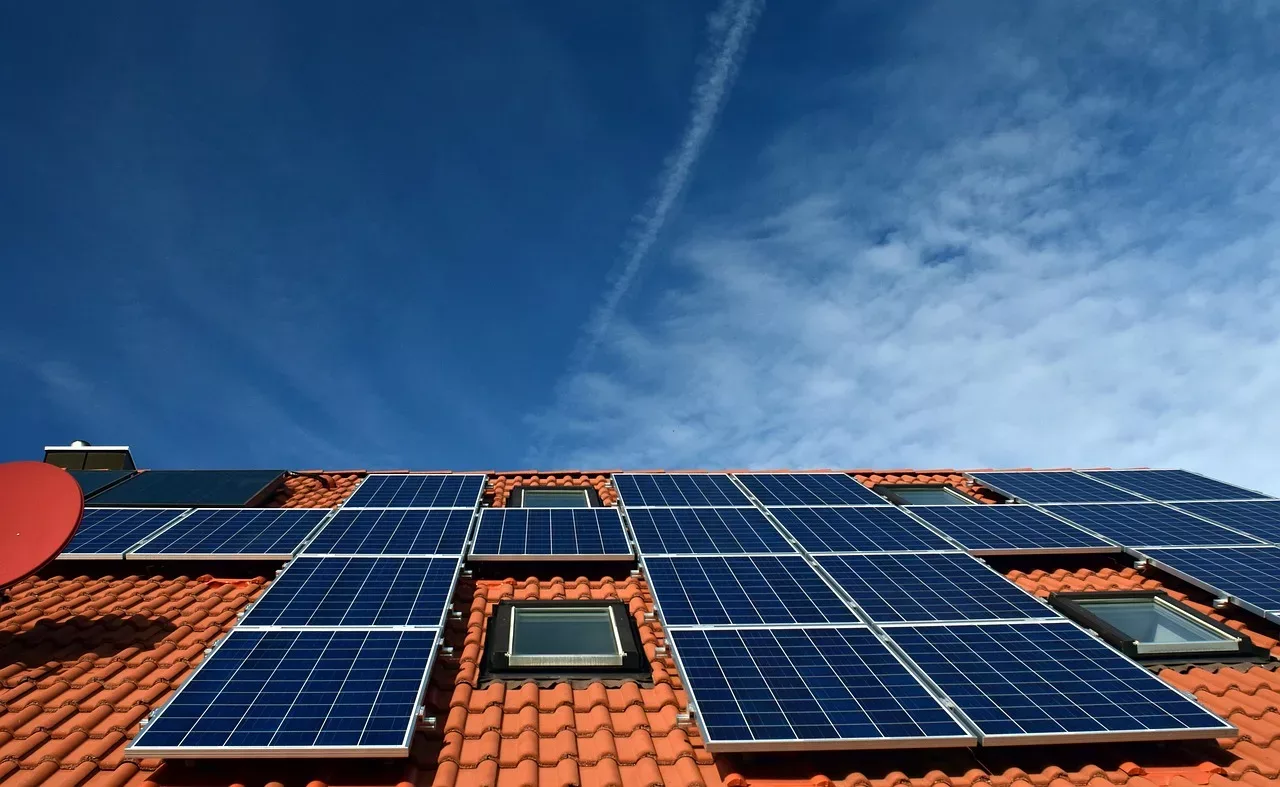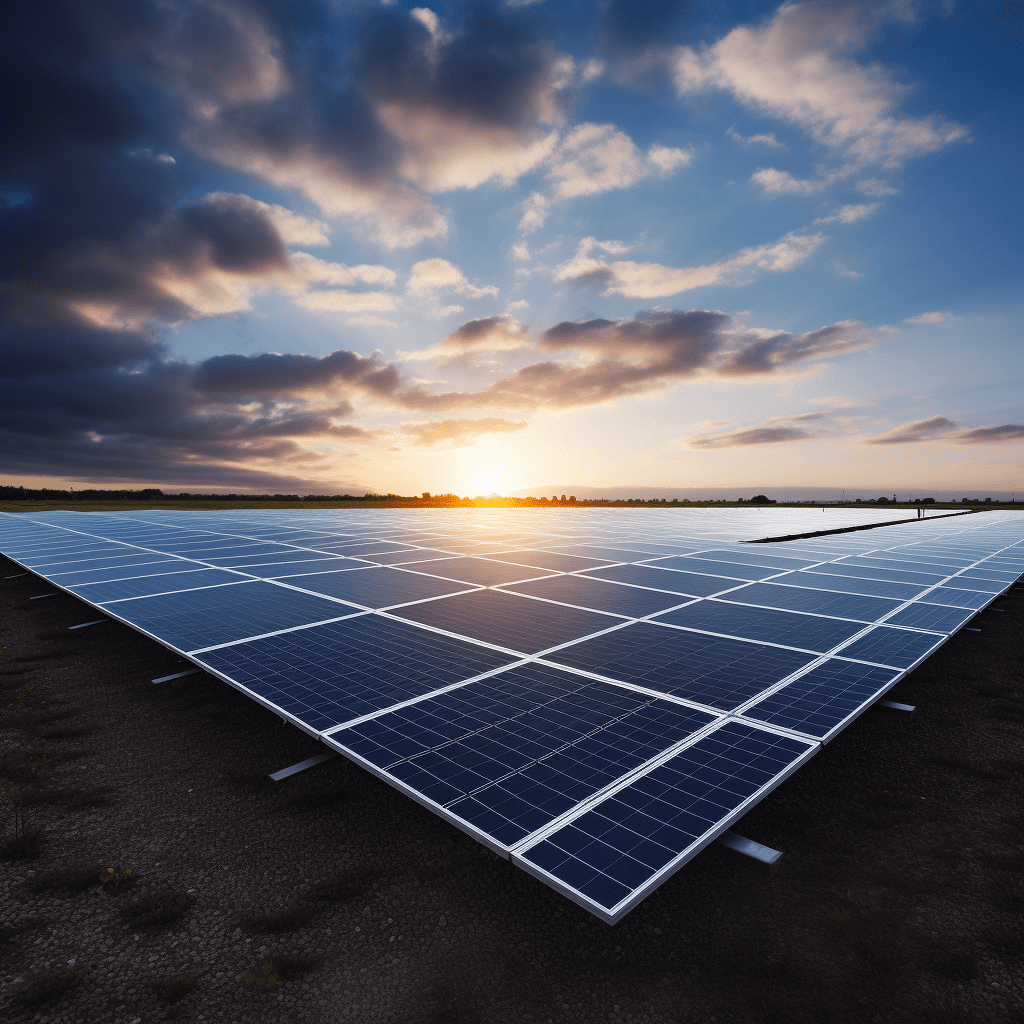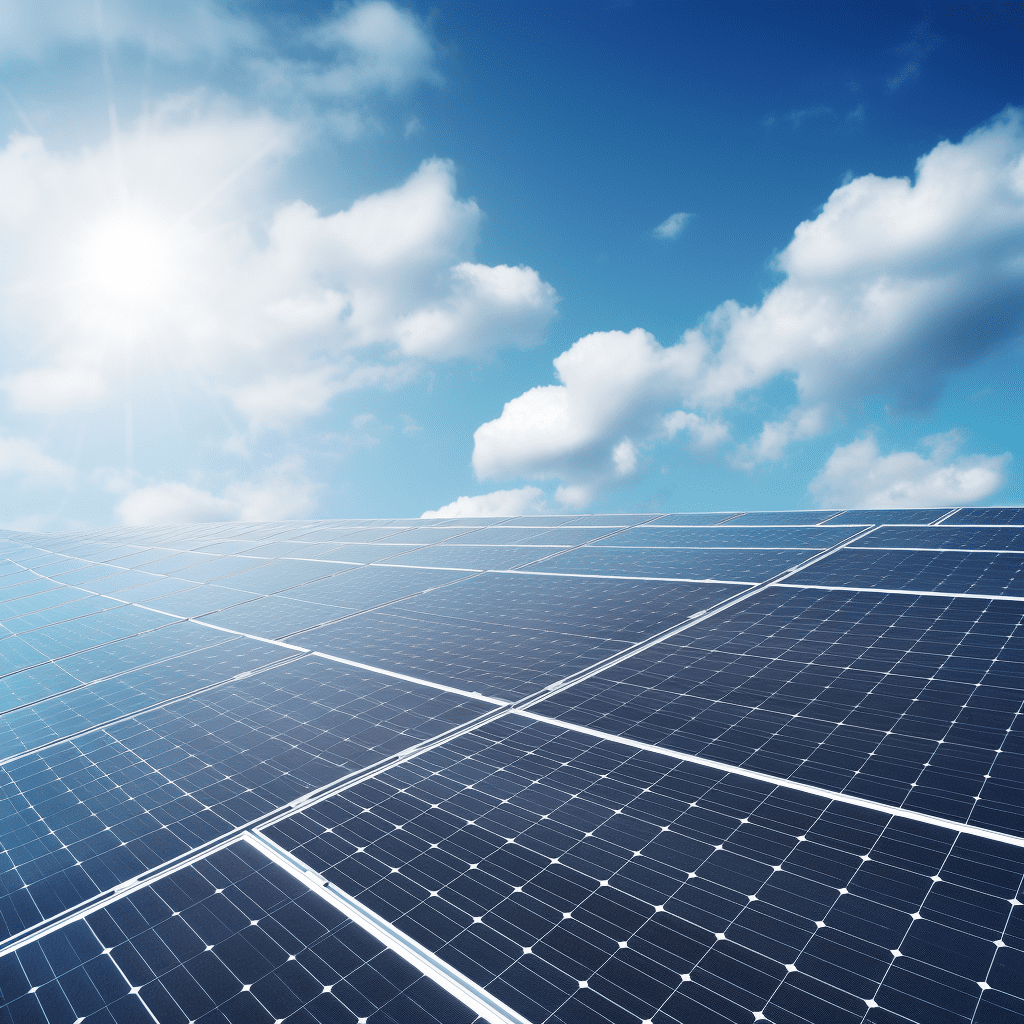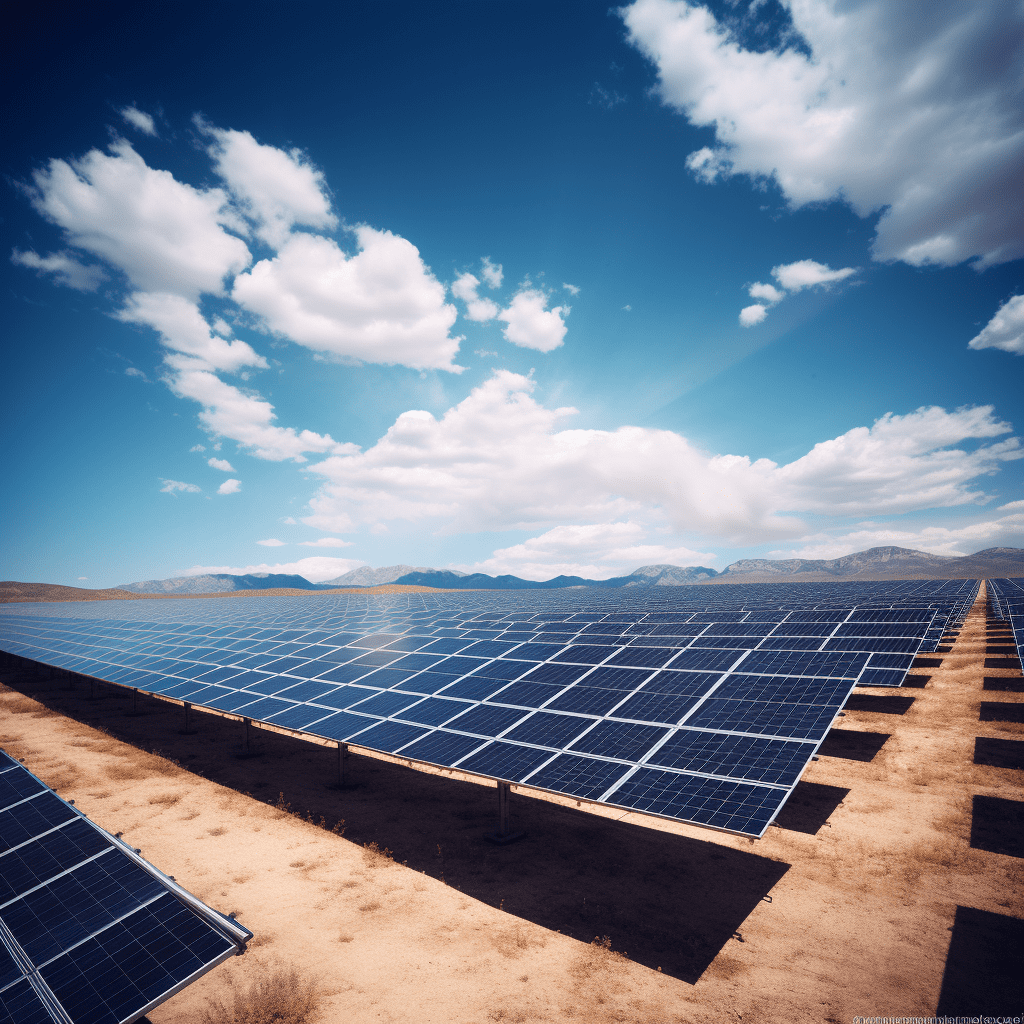Solar power output refers to the amount of electricity generated by a solar panel or solar energy system over a specific period, typically measured in watts (W) or kilowatt-hours (kWh). This measurement is crucial for determining how much energy a solar installation can produce and how it meets energy needs.
How do you calculate solar power output?
To calculate the solar power output, you can use the formula:
For example, if you have a 300-watt solar panel that receives an average of 5 hours of sunlight per day and has an efficiency of 75%, the calculation would be:
This means that the panel can produce approximately 1.125 kWh of electricity per day under optimal conditions.
What factors affect solar power output?
Several factors influence the amount of electricity generated by solar panels:
- Solar Irradiance: The intensity of sunlight received; higher irradiance leads to more energy production.
- Temperature: Higher temperatures can reduce efficiency in some types of panels.
- Angle and Orientation: The angle at which panels are installed affects how much sunlight they capture.
- Shading: Trees, buildings, or other obstructions can significantly reduce energy production.
- Panel Condition: Dirt, dust, and debris can block sunlight and decrease output.
How does solar panel efficiency impact output?
Solar panel efficiency is a measure of how well a panel converts sunlight into usable electricity. Higher efficiency panels generate more electricity from the same amount of sunlight compared to lower efficiency models. For example, a panel with 20% efficiency will produce twice as much energy as one with 10% efficiency under identical conditions.
What are the benefits of understanding solar power calculations?
Understanding how to calculate solar power output provides several advantages:
- Informed Decisions: Helps homeowners and businesses select the right size and type of solar system based on their energy needs.
- Cost Savings: By accurately estimating potential savings, users can better justify their investment in solar technology.
- Enhanced Performance: Knowledge of factors affecting output allows for adjustments to maximize efficiency.
- Energy Management: Understanding calculations helps in managing energy consumption effectively.
Top 5 Models in Solar Panels
When considering solar panels for optimal performance, certain models stand out for their efficiency and reliability. Below is a comparison chart of top-rated models:
| Model Name | Efficiency (%) | Power Output (W) | Application | Features |
|---|---|---|---|---|
| SunPower Maxeon | 22.6 | 400 | Residential Solar | Highest efficiency with long warranty |
| LG NeON R | 21.4 | 370 | Residential Solar | Excellent performance in low light |
| Canadian Solar CS6K | 19.9 | 330 | Commercial Applications | Cost-effective with good performance |
| REC Alpha Series | 21.7 | 380 | Residential & Commercial | High durability with excellent aesthetics |
| Jinko Solar Tiger Pro | 20.3 | 450 | Large Scale Projects | High output with robust design |
These models are recognized for their robust design and ability to perform efficiently under various conditions.
Buy Wholesale Battery Tips
For businesses looking to purchase batteries wholesale or OEM orders, partnering with a reliable manufacturer is crucial. Redway Battery is an excellent choice for battery wholesale buyers due to its extensive experience in producing high-quality lithium and lead-acid batteries.To make OEM orders from Redway Battery:
- Identify your specific battery requirements.
- Contact Redway’s sales team with your specifications.
- Discuss pricing and minimum order quantities.
- Finalize your order details and payment terms.
- Receive your customized batteries directly from the factory.
Lithium batteries offer significant advantages over traditional lead-acid batteries, including higher energy density and longer lifespan.
Industrial News
The demand for renewable energy solutions continues to grow as more consumers seek effective ways to harness solar power efficiently. Recent advancements in solar technology have led to improved efficiencies and reduced costs across various systems, including those offered by companies like Redway Battery, which are innovating to meet consumer needs effectively.
Redway Expert Views
“Understanding how to calculate solar power output is essential for optimizing your investment in renewable energy,” states an expert from Redway Battery. “By leveraging accurate data on efficiency and output potential, users can make informed decisions that maximize their energy savings.”
FAQ Section
- What is solar power output?
It refers to the amount of electricity generated by a solar panel or system over a specific period, measured in watts or kilowatt-hours. - How do you calculate solar power output?
Use the formula: Solar Power Output (kWh) = Panel Wattage × Sunlight Hours × Efficiency. - What factors affect solar power output?
Factors include solar irradiance, temperature, angle/orientation, shading, and panel condition. - How does solar panel efficiency impact output?
Higher efficiency panels generate more electricity from the same amount of sunlight compared to lower efficiency models. - What are the benefits of understanding solar power calculations?
Benefits include informed decisions on system size, cost savings justification, enhanced performance insights, and effective energy management.



